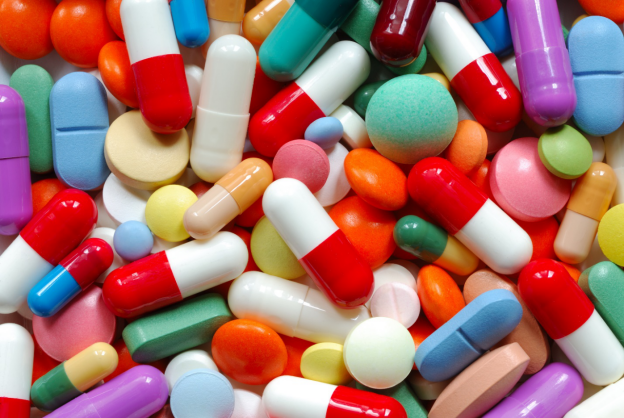
Prescription drug abuse is a problem that is spreading throughout America and elsewhere in the world. According to a study by the National Institute on Drug Abuse (NIDA), almost 30 million Americans over the age of 12 use illicit drugs, representing 1 in 10 people dealing with some degree of substance abuse. The scale of the epidemic is evident by the rising number of people seeking prescription drug treatment at prescription drug rehab centers across America.
Prescription drugs are particularly problematic for many people because the source of these highly-addictive medications is commonly a trusted family physician. This leads people to believe it is “safe” to use drugs that in effect, contain opioids which are a synthetic form of the illegal street drug heroin.
Prescription painkillers are the prime suspects in the opioid crisis as they are very often prescribed for serious or chronic conditions, placing users at risk of developing dependence and addiction. It is tragically all too easy to become tolerant to the effects of prescription meds very soon after starting a course, which is increasingly leading people to seek out a prescription drug rehab center.
Here we take a look at the stats behind the current prescription drug crisis in the US:
- It is estimated that 54 million Americans have used prescription drugs without there being a medical reason to do so.
- The most commonly abused prescription drugs include painkillers, tranquilizers, stimulants, and sedatives.
- Prescription drugs are the second most abused substances after marijuana, with more people using them than cocaine, heroin, and methamphetamine.
- The US consumes around 80% of the world’s supply of prescription opioids.
- 40% of deaths resulting from fatal overdose are prescription drug-related.
- During 2016, more than 46 deaths were recorded every day involving prescription medications.
- People abusing prescription drugs are much more likely to “graduate” to cheaper heroin.
- Around 75% of people abusing heroin originally developed a dependency on prescription opioids.
- 53% of people abusing prescription opioids obtained their last painkillers from a relative or friend, with more than 40% paying nothing for the pills.
Signs of Prescription Drug Addiction
Prescription medication abuse is a particularly complex type of addiction because original use stems from doctors’ orders, rather than a personal choice to use recreationally. It can be very difficult for the individual and those close to them to determine if there is a problem with prescription drugs. Being aware of the signs is important and some of them include:
- A growing preoccupation with obtaining and using the substance
- A need to carry around a supply of the substance at all times
- Developing tolerance which is displayed by needing more of the drug to get the required pain relief
- Increasing risk-taking behavior including driving while under the influence of the drugs
- Falling standards in personal hygiene and changes in physical appearance
- Visiting different doctors when requests to increase doses are declined, known as “doctor shopping”
- Asking friends or relatives to obtain prescriptions on their behalf
Holistic Prescription Drug Treatment
The main issue with prescription opioids is that dependence can develop very quickly. This is mainly because of the body’s ability to become tolerant to substances it is regularly introduced to. When a person is medicating pain, opioids work very quickly to ease their symptoms while reducing associated stress and anxiety. Although the medically safe approach is to reduce doses of prescription opioids as the days and weeks pass, many people find themselves needing more and more of it instead.
The kind of conditions which people are prescribed powerful painkillers for include illnesses such as cancer and multiple sclerosis or following a physical trauma resulting in serious injury. Very often people suffering these conditions develop emotional or mental health problems as a consequence of their drastically impaired lifestyle. Despite the challenges this vulnerable group of people face in overcoming dependence and addiction, research shows that holistic therapies are particularly effective as a treatment for prescription drug abuse.
Holistic medicine treats a person as a whole in terms of their emotional, physical and psychological health. Holistic treatment for prescription medication abuse deals with all aspects of a person’s health, including the condition that led to them initially taking addictive medications. Holistic therapies used as a treatment for prescription drug abuse such as massage and yoga are enormously beneficial for people suffering from pain conditions. In many cases, holistic treatment for prescription drug abuse completely removes the need to use prescription drugs at all.
Holistic prescription drug rehab centers provide people with a natural route to recovery. This is very appealing to those who have unwittingly become victims of prescription medication abuse, without ever making a conscious choice to use recreationally. The holistic approach also avoids any type of pharmaceutical involvement to allow people time to heal from substance abuse without the risk of switching their dependence to another drug.
To read more on topics like this, check out the health category.
Leave a Reply